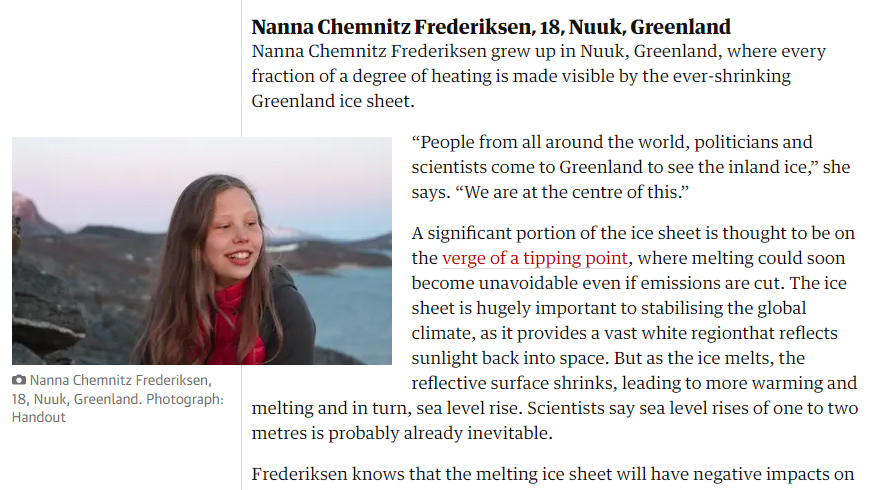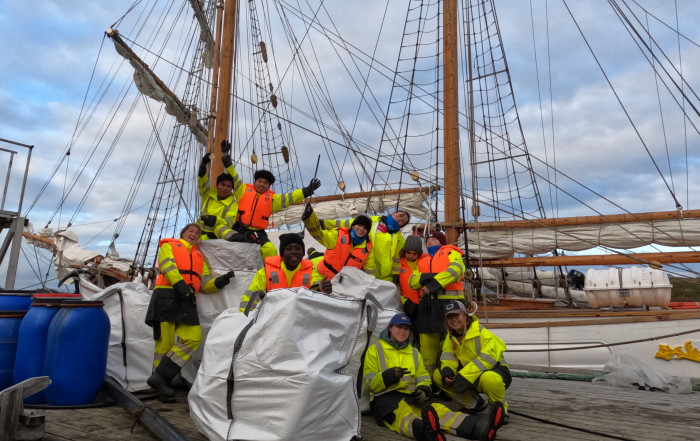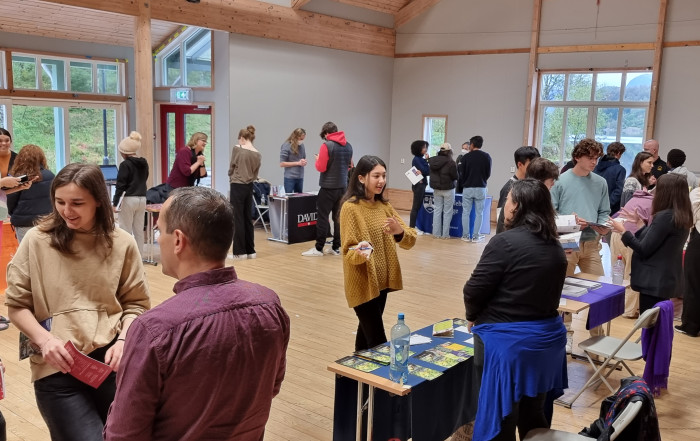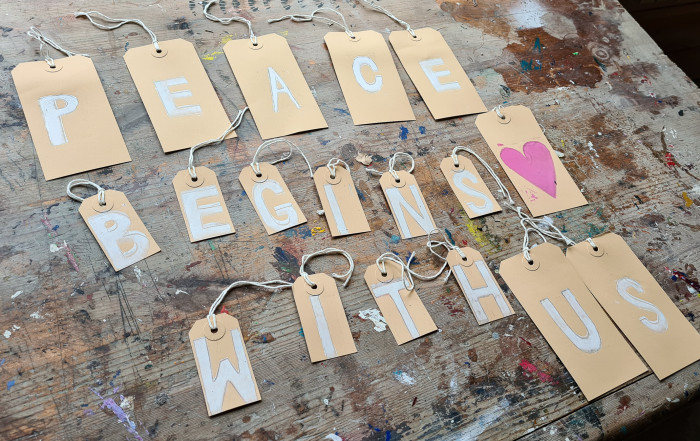“People from all around the world, politicians and scientists come to Greenland to see the inland ice,” she says. “We are at the centre of this.”
A significant portion of the ice sheet is thought to be on the verge of a tipping point, where melting could soon become unavoidable even if emissions are cut. The ice sheet is hugely important to stabilizing the global climate, as it provides a vast white region that reflects sunlight back into space. But as the ice melts, the reflective surface shrinks, leading to more warming and melting and in turn, sea level rise. Scientists say sea level rises of one to two metres is probably already inevitable.
Frederiksen knows that the melting ice sheet will have negative impacts on communities across Greenland, especially in northern settlements such as Qaanaaq where permafrost melting is destabilizing homes and roads and impacting how fishers and hunters operate.
But her real concern lies on the impact it will have globally. “I am not so scared of what the effects of the melting of ice in Greenland will be,” Frederiksen says, “It scares me what effect it can have for the rest of the world.”
Latest News
October PBL Week, 2022
Project Based Learning, or shortly PBL week, is over, so let's take a closer look at what PBL week is! PBL is part of our CAS program, the heart of the Diploma Programme. [...]
University life after UWC Red Cross Nordic
Preparing students for university applications and helping them in the process is an integral part of our work. Mark Chalkley is our Senior University Counsellor here at UWC Red Cross Nordic. The main focus [...]
UWC Day
UWC Day is the annual global celebration of the UWC mission and values, which takes place on 21 September every year, to coincide with the UN International Day of Peace. Each year, UWC [...]




